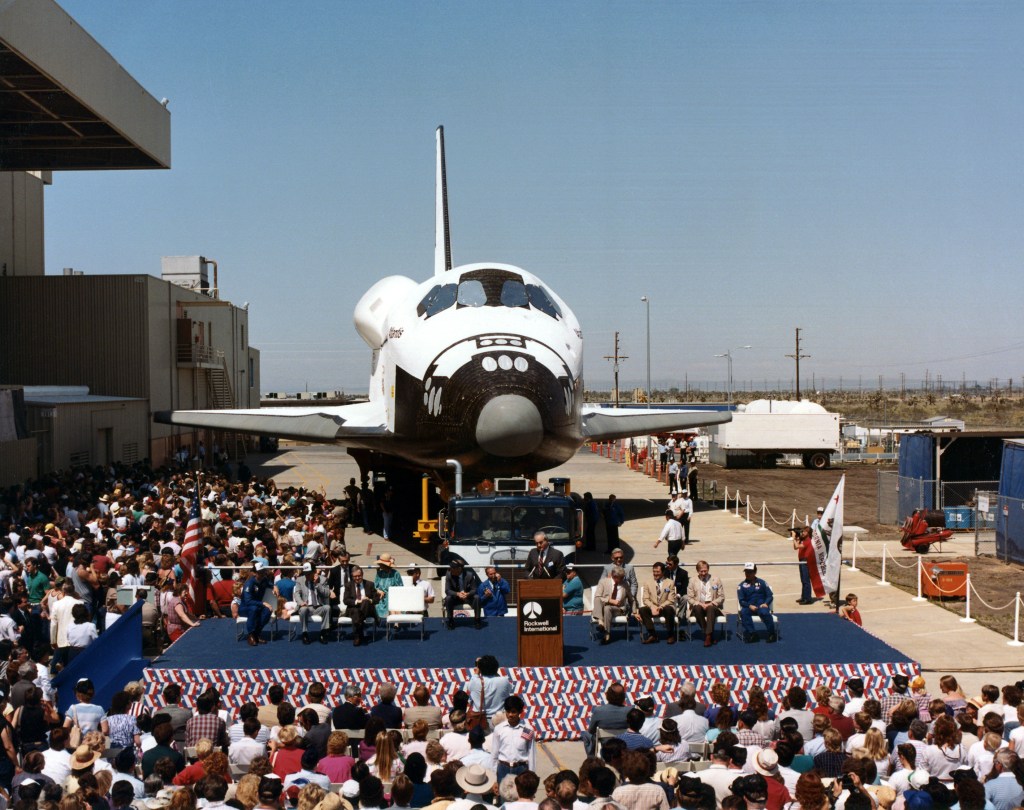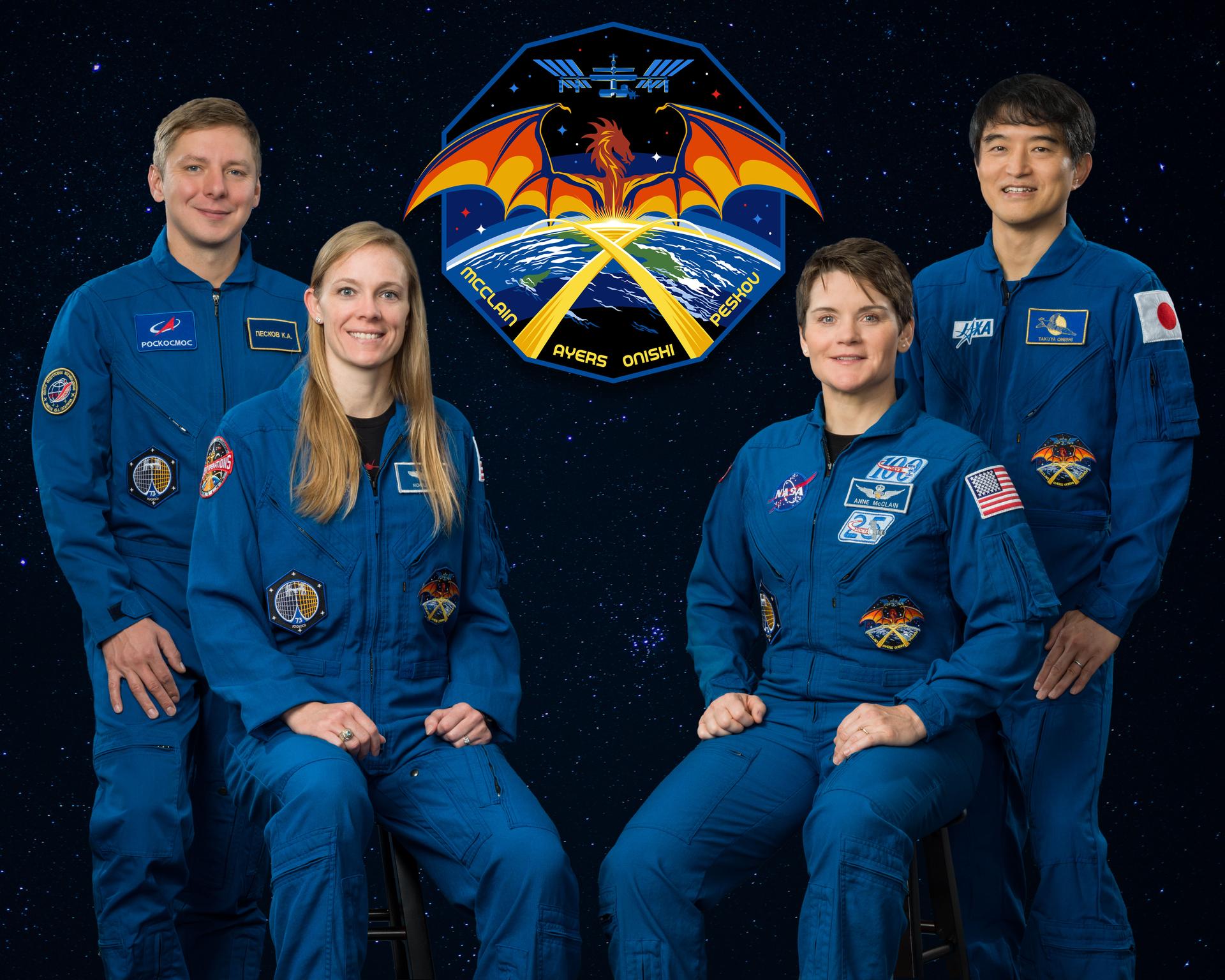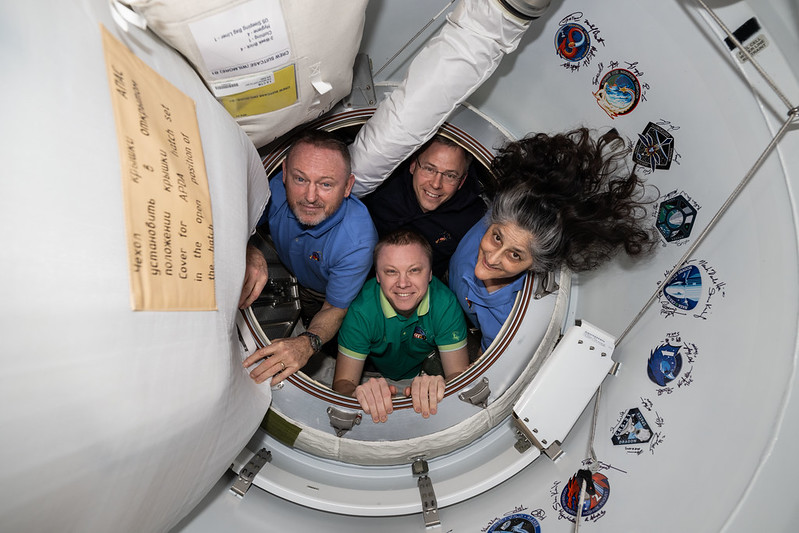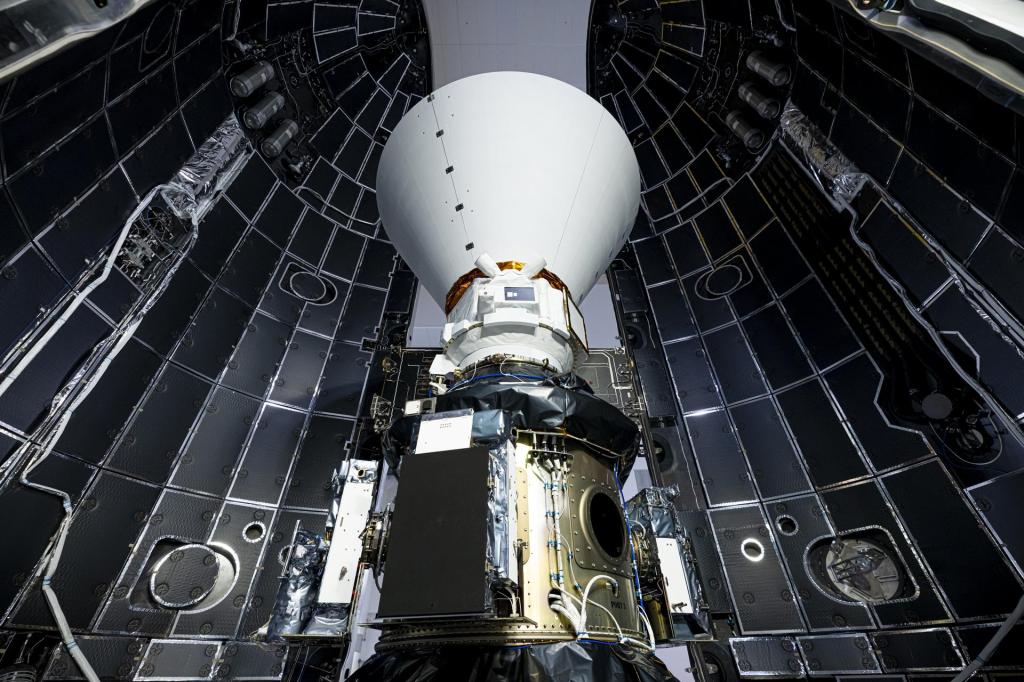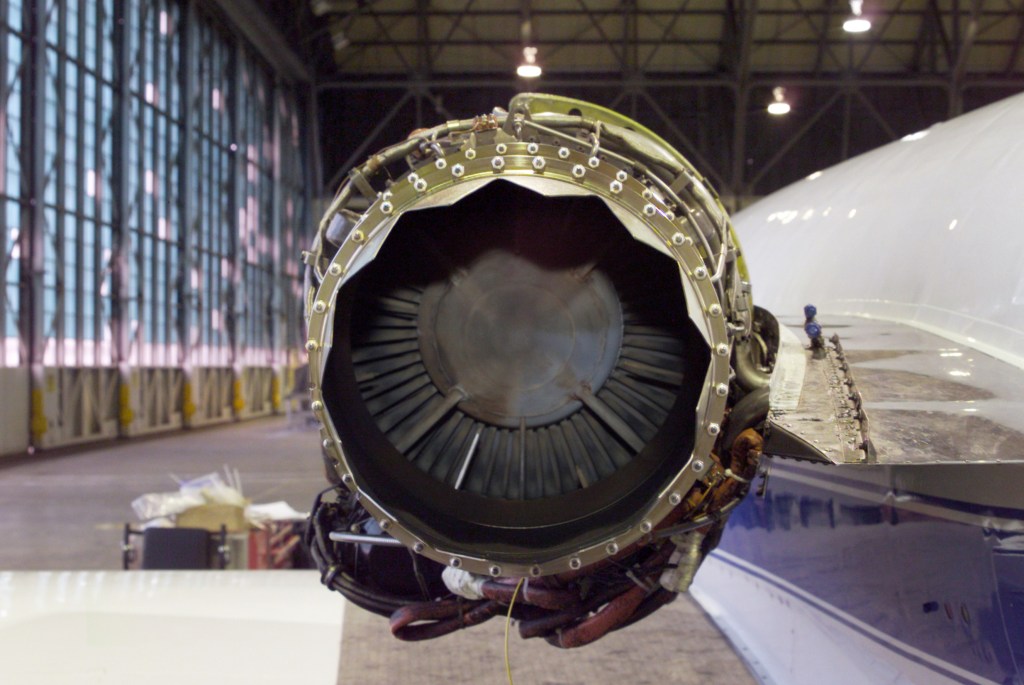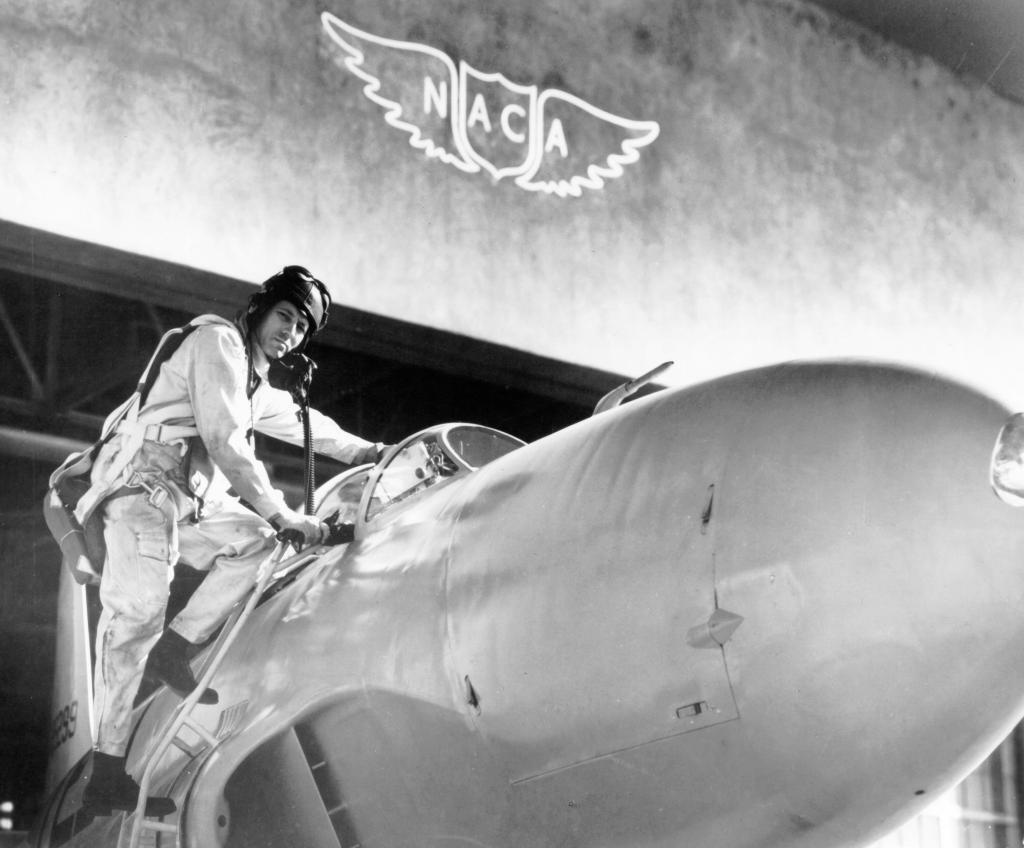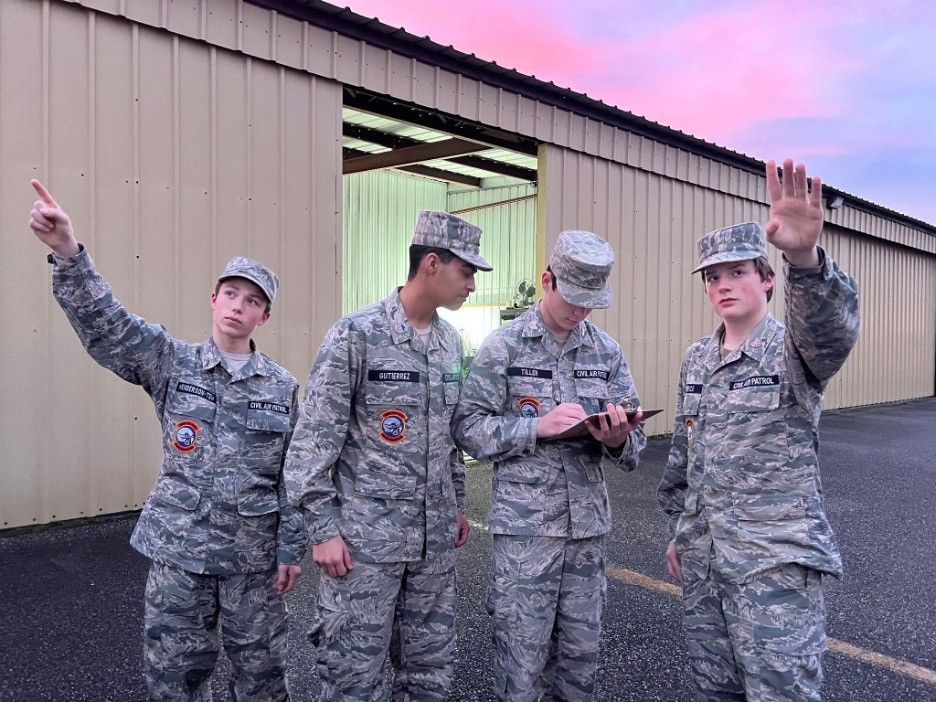An adaptive flight control system currently baselined for use on NASA’s Space Launch System (SLS) borrows concepts from the design of the X-15, an experimental aircraft once operated by NASA and the U.S. Air Force. The manned hypersonic vehicle, which flew at speeds of up to Mach 6.7 and altitudes up to 350,000 feet, demonstrated new technologies including a “self-adaptive” control system. Though highly advanced for its time and successfully proven on previous flights, this control system contributed to a fatal X-15 accident in 1967. The initiating event for this accident was in essence an electrical anomaly, originating in an experiment payload, which coupled into the guidance, navigation, and control avionics creating a disastrous situation. And as is typically the case with accidents, additional compounding circumstances created a situation from which the pilot could not recover.
To view the complete article, click the document below:
50 Years Later, the X-15 Is Still a Platform for Knowledge
Additional resources:


